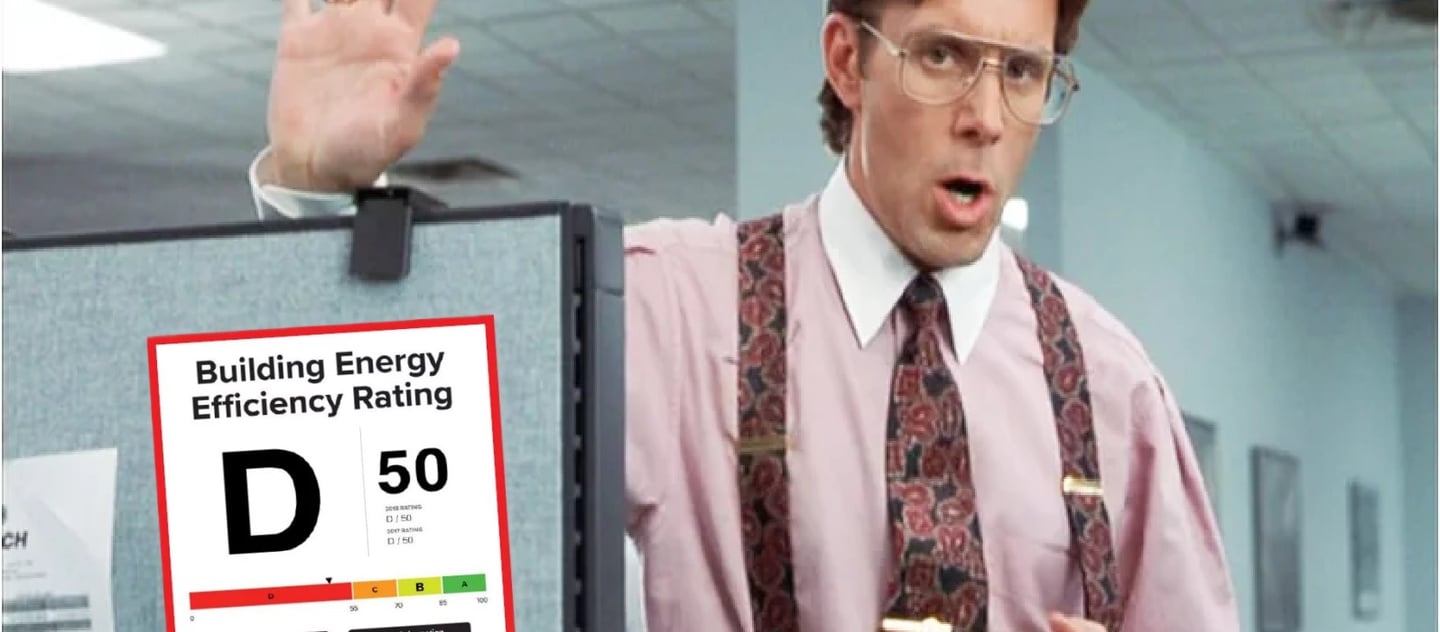Grading on a Curve
How NYC repurposed transparency
MISGOVERNMENT
Daniel Donnelly
11/5/20253 min read


Since 2010, New York City’s Health Department has required restaurants to display the results of periodic sanitary inspections which are graded in letters. Thus, a pizzeria displays in its storefront a big letter A in blue to indicate that it had scored well (0 to 13 sanitary violations), and a tavern displays a letter B in green (14 to 27 sanitary violations). If you really want to live on the wild side, you could eat seafood which is “C-food” emblazoned with that scarlet letter, meaning that you may leave with the seafood eating a little bit of you!
The system is imperfect as many restauranteurs attest – complete with unannounced impostor inspectors and bureaucratic shake-downs – but in principle it enforces a degree of market transparency. Consumers see upfront an eatery’s ranking against a fixed standard, and accordingly they can decide whether to patronize the establishment or not.
In 2018, however, NYC’s Buildings Department rolled out a variation on this letter grading. As per Local Law 33 (NYCRR § 28-309.3), municipal inspectors are to issue letter grades to buildings corresponding to their sustainability and energy efficiency. Some types of edifices are exempt from such grading, such as landmarks and primary residences no taller than two storeys which have no HVAC. Otherwise, the Buildings Department inspects the systems and documentation of all buildings in NYC, then issues a letter grade ranging from A to F. This grade is then displayed outwardly to the public.
This ordnance is a subtle twist on the consumer transparency enforced by NYC’s Health Department on locales serving food. Under the Health Department’s grading system, a fine accompanies every sanitary violation, but under that of the Buildings Department, the letter grades entail no fines. Instead they serve as a public “guilt trip” on a building’s ownership to update the building’s systems in elusive pursuit of “net zero.” Net zero is when the worldwide quantity of anthropogenic greenhouse gas emissions equals the quantity of those removed, otherwise known as carbon neutrality. NYC officially aims to achieve net zero by the year 2050.
Despite outward similarities, the two grading systems are very dissimilar in practice. Prospective customers can refer to letter grades to decide whether to buy a reuben (a sandwich typical of NYC) from one delicatessen or another, but no one would regard a high-rise’s tenants as possessing that same degree of market leverage. People spend years on waiting lists for realty in NYC – even and especially higher end realty – such that where you end up is where you stay, at least until your circumstances markedly change. In a way, it would make more sense if the Buildings Department’s letter grades were displayed internally, so that only tenants could see, for instance, that their tenement has received a grade of D.
Then again, an overactive imagination is required to see how tenants would utilize this knowledge. My mind sees it playing out as a tenant – in the mien of coffee mug-wielding Bill Lumbergh from Mike Judge’s Office Space (1999) – saying to the landlord, “Yeaaah, if you could just go ahead an’ install that new fangled boiler so as to raise my rent by six grand, that’d be great!”
There are some instances in which the patronage of buildings will approach the degree of choice possessed by those seeking to dine at restaurants. Families shopping around for private schools – and therefore able in theory to go anywhere – may be influenced by the sustainability rating between institutions housed in free-standing buildings. Though few, in NYC there are also some stores housed in free-standing buildings, such as the iconic Apple Store at the intersection of Central Park South and Fifth Avenue in Manhattan. Undoubtedly that building’s low carbon profile induces customers to purchase $1500-devices there… which include no charging block so you waste more carbon ordering a separate home delivery!
Nevertheless, the public in NYC is by large on board with the whole climate-change spiel, such that these letter grades do exert influence. The harm which a building’s lower energy efficiency grade is thought to cause may be less and more diffuse than the harm caused by that ravenous nematode in your gut from the low-graded cevichería in Corona, Queens… but correctly or otherwise, perception is reality in business as in politics, and climate-consciousness is inescapable in NYC. The days when commercial and residential buildings belched black plumes into the skyline from their garbage’s weekly incineration – which I remember from my upbringing in Manhattan – are long gone, and in some ways, for the better.
If modern climatology’s alarmism is correct, then maybe, just maybe, a NYC building’s letter upgrade widens the smile of some Polynesian atoll’s coral reef.
